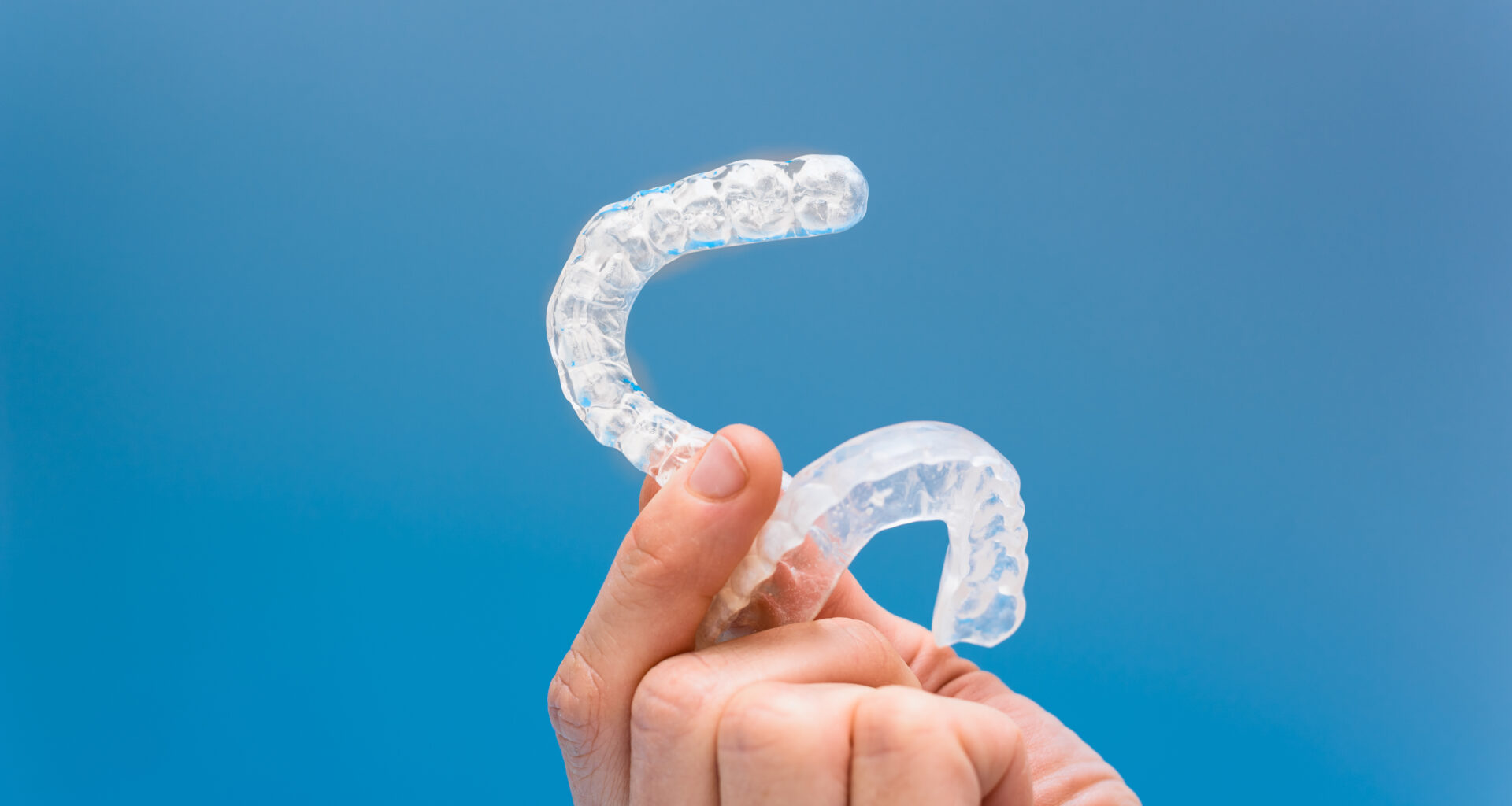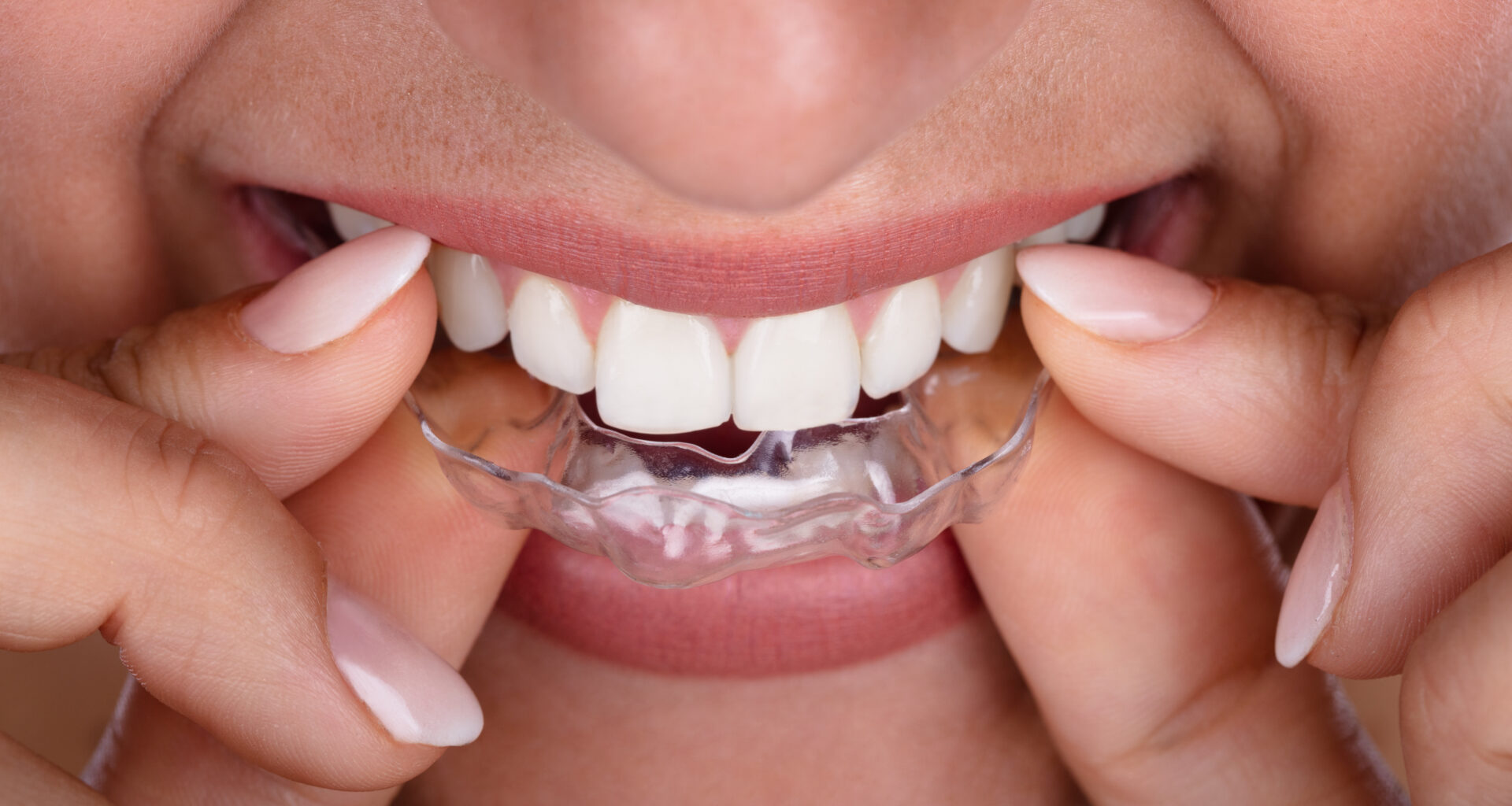OCCLUSION AND TEMPOROMANDIBULAR DYSFUNCTION
Occlusion and Bruxism: How Are These Conditions Related?
Dental occlusion is how your teeth fit together. To achieve ideal occlusion, a correct relationship between the jaws must be established, and the dental positioning must allow for the maintenance of all oral functions – chewing, speaking, swallowing, and aesthetics.
Aware of the importance of occlusion, at the Implantology Institute®, we strive to restore ideal dental occlusion in all our rehabilitations. We also have clinicians with specific training in this area who can diagnose and treat conditions related to dysfunction.
One of the conditions related to occlusion is bruxism.
CONDITIONS RELATED TO OCCLUSION: BRUXISM
Bruxism is a parafunctional habit, unconscious and with no physiological purpose for the masticatory system. There are two types of bruxism: daytime and nighttime. Daytime bruxism is associated with repetitive habits such as nail biting, chewing on pencils, chewing gum, teeth grinding, poor posture, and other phenomena that occur while the individual is awake.
Nighttime bruxism is a sleep disorder involving not only teeth grinding but also micro- awakenings, increased respiratory and heart rates, and body movements.
It is a condition highly associated with stress, affecting a large part of the population. However, only 5 to 20% are aware of this parafunction.
DOES BRUXISM OCCUR ONLY IN ADULTS OR ALSO IN CHILDREN?
In children, teeth grinding occurs within patterns essential for normal exfoliation and positioning in the jaws. In this situation, it is normal and parents should not be concerned about the noise, especially at night.
In adults, however, it should be seen as a pathology that needs to be addressed as soon as possible.
WHAT ARE THE SIGNS AND SYMPTOMS OF BRUXISM?
Bruxism is usually diagnosed at a late stage since it is an unconscious habit. Patients often realize their teeth are becoming shorter (due to wear), or someone else notices the teeth grinding.
The dentist plays a crucial role, as they can detect bruxism through wear facets, symptoms like muscle tension, or migraine-like headaches resulting from existing tension.

